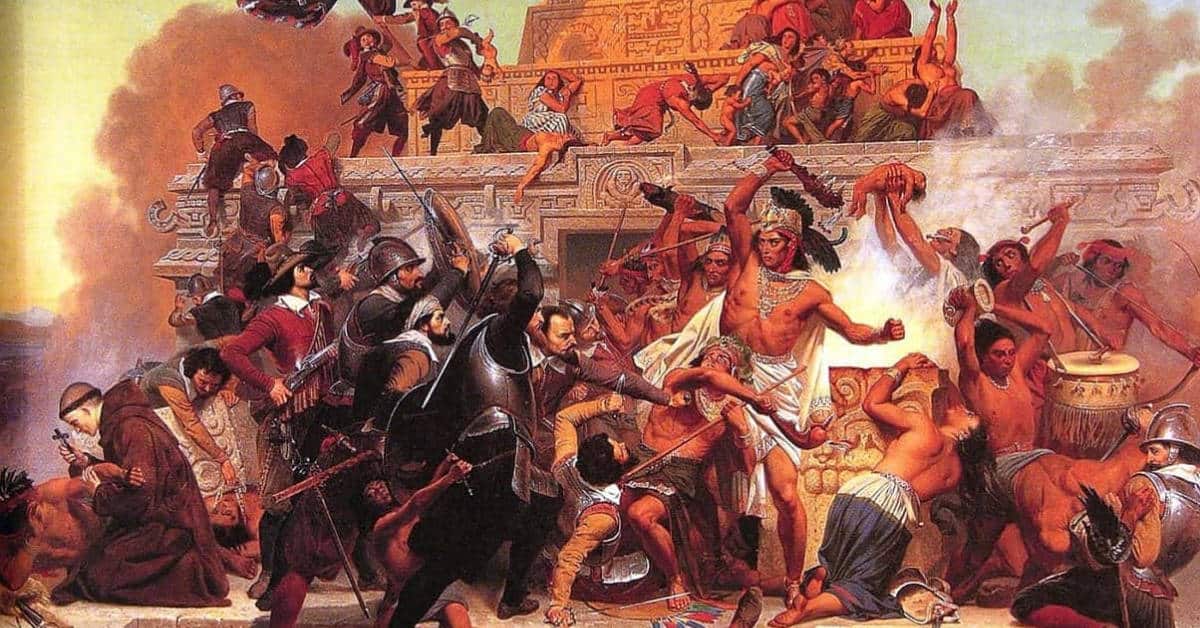In 1800, before the Industrial Revolution, Europeans controlled 35% of world. By 1914, on the eve of World War I, that figure had risen to 84%. European colonialism was transformative. Sometimes that was for the better, more often for the worse, but it was nearly always repressive, marked by brutality, massacres, and atrocities to cow the colonized into submission.
Following are ten atrocities committed by European colonial authorities.
British Suppression of the Mau Mau Uprising Was Marked by Systemic Torture, Rape, and Murder
Starting in the early 20th century, white British settlers began colonizing the fertile central highlands of Kenya, setting themselves up as coffee and tea planters. Prime lands were expropriated from the natives, and given to white farmers from Britain and South Africa. In the process, large numbers of the native Kikuyu tribes who had farmed those lands for centuries were displaced.
The influx of white settlers increased sharply after World War I, as the British government implemented a scheme to resettle ex-soldiers in the region. In 1920, the white settlers prevailed upon the colonial government to solidify their land tenure and hold on power by enacting restrictions on Kikuyu land ownership and agricultural practices. Kikuyu land ownership was restricted to reservations, and before long, about 3000 British settlers owned more land – and the best land at that – than 1 million Kikuyus.
Many Kikuyu who were kicked off their tribal homelands were forced to emigrate to Nairobi, where they lived in slums surrounding the Kenyan capital. Those who remained in the central highlands were reduced to an agricultural proletariat, working their ancestral lands as farm laborers for the white settlers. British settlers grew wealthy off their land holdings, and frequently treated the indigenous Africans with racist hostility and contempt.

Kenyan nationalists such as Jomo Kenyata pressed the British in vain for political rights and land reforms, particularly a land redistribution in the central highlands, but were ignored. Finally, after years of marginalization as white settler expansion ate away at their land holdings, disaffected Kikuyus formed a secret resistance society known as the Mau Mau. In 1952, Mau Mau fighters began carrying out attacks against political opponents, raiding white settler plantations, and destroying their crops and livestock.
The British responded by declaring a state of emergency, rushing army reinforcements to Kenya, and conducting a savage counterinsurgency that lasted until 1960. British military units conducted sweeps in the Kenyan countryside, indiscriminately rounding up Mau Mau insurgents and innocents alike. Collective punishment was visited upon villages suspected of Mau Mau sympathies, and massacres became a frequent occurrence.
During the eight years of the emergency, 38 white settlers were killed. By contrast, British official figures for Mau Mau fighters killed in the field was 11,000, plus another 1090 hanged by the colonial administration. Unofficial figures indicate that many more native Kenyans were killed. A human rights commission estimated that the British tortured, maimed, or killed 90,000 Kenyans during a campaign of sustained official terror. An additional 160,000 were detained in camps for years on end, without trial and in atrocious conditions. The camp’s white officers subjected their African inmates to beatings, severe torture, and starvation. Women were routinely raped, while some men were castrated. They were not isolated incidents, but systemic – part and parcel of the wider counterinsurgency campaign intended to break the Mau Mau.

